As the world watches tensions escalate in the Middle East, Wall Street finds itself caught in the crosshairs of a geopolitical and economic storm unlike any in recent memory. The brewing conflict between Iran and Israel has introduced a wave of volatility, uncertainty, and fear — but it’s not the only concern rattling markets. Back home, signs of waning U.S. demand are flashing red across multiple sectors, threatening to amplify the pain.
This is the nightmare scenario analysts have warned about for years: a convergence of global conflict and domestic slowdown. And if early indicators are any guide, this is just the beginning.
A Geopolitical Spark with Global Consequences
The military confrontation between Iran and Israel has moved beyond saber-rattling. Strategic sites have been targeted, oil shipments disrupted, and diplomatic relations fractured. The immediate result? A spike in oil prices, a flight to safe-haven assets, and mounting pressure on already fragile global supply chains.
Energy markets are especially vulnerable. Brent crude surged past $100/barrel in recent days, as fears of a broader regional conflict triggered speculation of restricted oil flow from the Persian Gulf. This alone could drive up inflation just as the Federal Reserve was preparing to ease rates.
Investors are once again forced to price in war risk — something the markets had grown complacent about in recent years.
Meanwhile, the U.S. Consumer Is Pulling Back
While the world focuses on the Middle East, a quieter but equally dangerous trend is unfolding domestically: demand is shrinking. Recent retail sales data showed a sharper-than-expected decline, with consumer spending softening across key categories like housing, autos, and discretionary goods.
Corporate earnings reports are beginning to reflect this reality. Major retailers are guiding lower. Manufacturing orders have contracted for multiple months. Even the once-resilient services sector is starting to show signs of fatigue.
Inflation may be cooling, but so is growth — and Wall Street now faces a delicate balancing act between optimism about rate cuts and the grim prospect of an economic stall.
Volatility Returns — and May Stay
The CBOE Volatility Index (VIX), often called Wall Street’s fear gauge, has surged in recent sessions. Market breadth is narrowing, tech leadership is fading, and the so-called “Magnificent Seven” stocks are showing cracks.
In times like these, investors tend to rotate defensively — into utilities, consumer staples, and cash-heavy companies. But in a worst-case scenario where geopolitical escalation persists and U.S. demand continues to weaken, even safe havens may offer limited protection.
What’s at Stake?
- For investors: Portfolios may need a shift toward resilience — think gold, bonds, or quality dividend payers.
- For policymakers: The Fed and Treasury face a dilemma. Easing monetary policy could stoke inflation if oil prices remain elevated. Holding rates too high could deepen the slowdown.
- For the global economy: An extended conflict in the Middle East risks disrupting trade routes, increasing commodity prices, and triggering a wave of capital flight from emerging markets.
What Comes Next?
Wall Street thrives on predictability — and this moment is anything but predictable. The path ahead depends on two unpredictable variables: how far the Iran–Israel conflict will escalate, and whether U.S. demand can stabilize before corporate earnings and labor markets begin to unwind.
It’s a scenario where bad news could pile onto worse, and where temporary rallies might mask deeper structural weaknesses. The real risk isn’t what’s happening today — it’s what happens if both crises deepen simultaneously.
The nightmare has started. The question now is how long it will last — and who will be prepared when the next shoe drops.
Did you find this article insightful? Subscribe to the Bullish Stock Alerts newsletter so you never miss an update and gain access to exclusive stock market insights: https://bullishstockalerts.com/#newsletter
Avez-vous trouvé cet article utile ? Abonnez-vous à la newsletter de Bullish Stock Alerts pour recevoir toutes nos analyses exclusives sur les marchés boursiers : https://bullishstockalerts.com/#newsletter

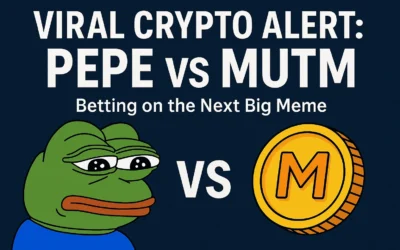
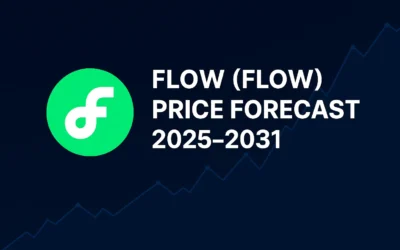
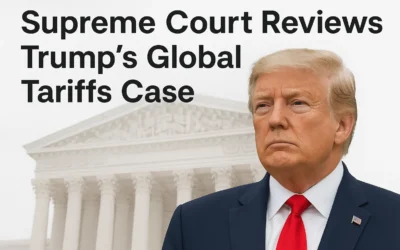
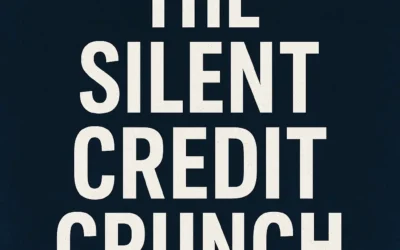


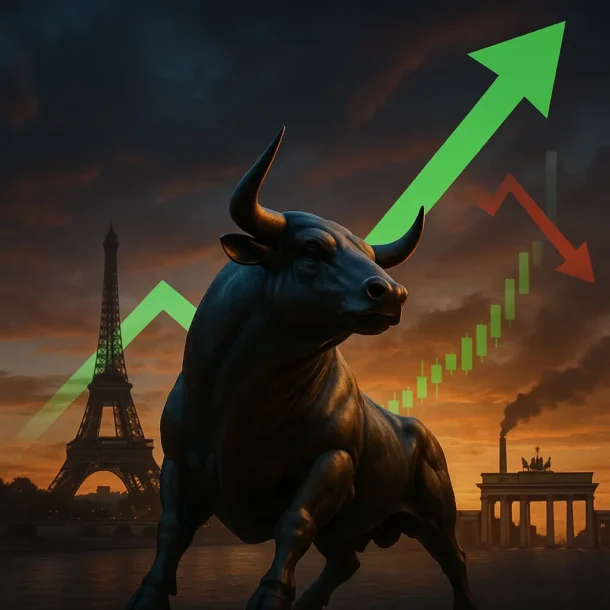
0 Comments